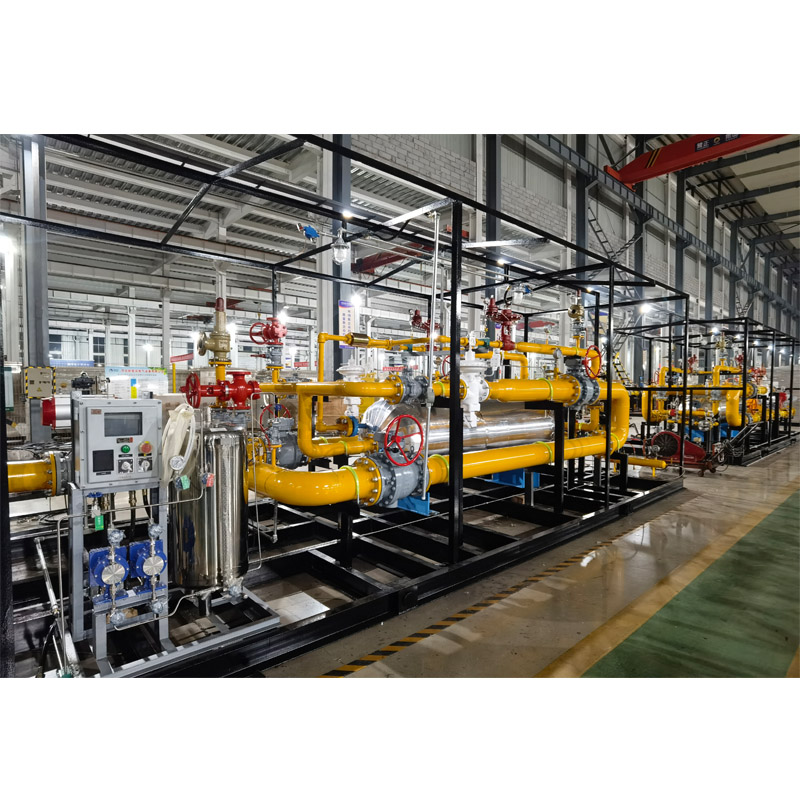
Dec . 05, 2024 16:22
Back to list
Understanding Safety Relief Valves and Their Importance in Pressure Management Systems
Understanding Safety Relief Valves Essential Components for System Safety
Safety relief valves (SRVs) are critical components in various industrial applications, specifically in pressurized systems. These valves are designed to protect equipment and personnel by venting excess pressure, preventing potential disasters such as explosions or ruptures. This article will explore the purpose, mechanism, types, and importance of safety relief valves in ensuring system integrity and safety.
Purpose of Safety Relief Valves
The primary function of a safety relief valve is to prevent pressure buildup beyond the maximum allowable limit of a system. In processes such as petrochemical production, oil refining, and steam generation, unintended pressure increases can occur due to factors like equipment failure, excessive heating, or blockages. A safety relief valve serves as a safety mechanism that automatically opens when pressure exceeds a predetermined level, allowing excess pressure to escape safely.
Mechanism of Operation
The operation of a safety relief valve is quite straightforward. The valve consists of a spring-loaded mechanism that is calibrated to open at a specific set pressure. When the internal pressure of a vessel or pipeline reaches this set pressure, the force exerted by the gas or liquid overcomes the spring tension, causing the valve to lift and release the excess pressure. Once the pressure drops back to a safe level, the valve reseals, ensuring the system returns to its normal operating conditions.
Types of Safety Relief Valves
There are primarily two types of safety relief valves safety valves and relief valves.
safety relief valve

1. Safety Valves These are typically used for gases and vapors. They open quickly and provide a rapid release of pressure, making them ideal for applications where a sudden pressure surge might occur, such as in steam systems or natural gas processing.
2. Relief Valves These valves are generally used for liquids and are designed to open gradually, providing a controlled release of pressure. They are often used in systems where the pressure builds up more slowly and requires a steady reduction, such as in hydraulic systems or water tanks.
Importance of Regular Maintenance
While safety relief valves are crucial for preventing accidents, they must be maintained regularly to ensure they function correctly. Over time, factors like corrosion, wear and tear, and accumulation of debris can affect a valve’s performance. Routine inspections, testing, and maintenance are essential to verify that valves operate within their specified parameters. This includes checking the set pressure, ensuring that valves open and close properly, and replacing any worn components.
Regulatory Standards and Compliance
Most industries are subject to regulatory standards regarding safety equipment, including safety relief valves. Agencies such as the American Society of Mechanical Engineers (ASME) and the Occupational Safety and Health Administration (OSHA) set guidelines that dictate the proper design, installation, testing, and maintenance of SRVs. Compliance with these regulations not only ensures the safety of personnel and equipment but also helps companies avoid legal liabilities and financial losses resulting from accidents.
Conclusion
Safety relief valves play an indispensable role in maintaining safe operating conditions in various industrial processes. By preventing dangerous pressure buildups, these valves protect both equipment and personnel from catastrophic failures. Understanding the function, types, and maintenance of safety relief valves is essential for anyone involved in the design, operation, or maintenance of pressurized systems. By adhering to regulatory standards and committing to regular maintenance checks, industries can ensure that their safety relief valves operate effectively, thereby safeguarding the integrity of their operations and the well-being of everyone involved.
Next:
Latest news
-
Safety Valve Spring-Loaded Design Overpressure ProtectionNewsJul.25,2025
-
Precision Voltage Regulator AC5 Accuracy Grade PerformanceNewsJul.25,2025
-
Natural Gas Pressure Regulating Skid Industrial Pipeline ApplicationsNewsJul.25,2025
-
Natural Gas Filter Stainless Steel Mesh Element DesignNewsJul.25,2025
-
Gas Pressure Regulator Valve Direct-Acting Spring-Loaded DesignNewsJul.25,2025
-
Decompression Equipment Multi-Stage Heat Exchange System DesignNewsJul.25,2025

